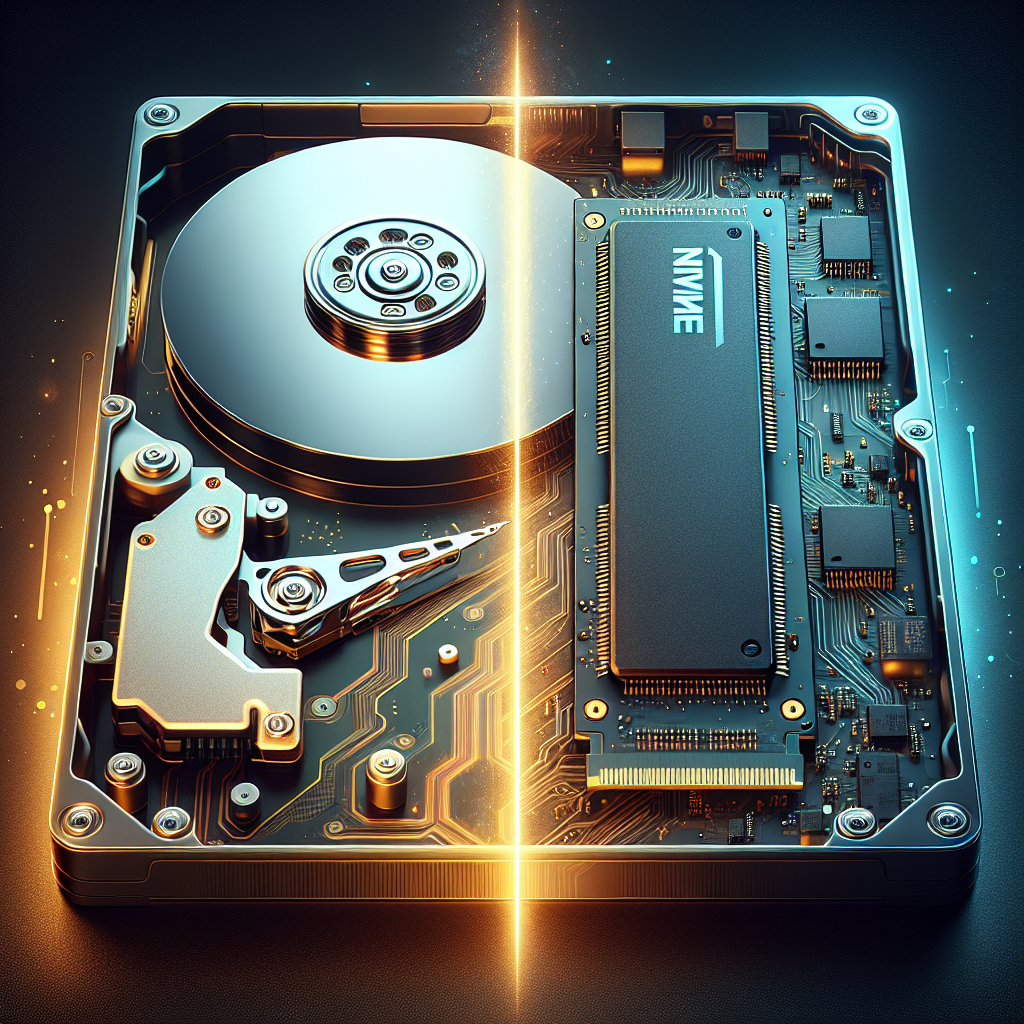When it comes to choosing the right storage option for your computer, there are two main choices: SATA and NVMe. Both have their own advantages and disadvantages, but which one is the better option for you? Let’s take a closer look at the differences between SATA and NVMe to help you make an informed decision.
SATA, which stands for Serial Advanced Technology Attachment, is a traditional storage interface that has been around for several years. It is commonly used in most computers and laptops and offers decent performance for everyday tasks. SATA drives are affordable and widely available, making them a popular choice for budget-conscious consumers.
On the other hand, NVMe, which stands for Non-Volatile Memory Express, is a newer storage interface that offers significantly faster speeds compared to SATA. NVMe drives are typically used in high-performance computers and gaming systems, where speed is crucial for running demanding applications and games. NVMe drives are also more expensive than SATA drives, but the improved performance may be worth the investment for users who require faster data transfer speeds.
One of the main differences between SATA and NVMe is the way they connect to the computer. SATA drives use a physical cable to connect to the motherboard, while NVMe drives connect directly to the motherboard via a PCIe slot. This direct connection allows NVMe drives to achieve much faster read and write speeds compared to SATA drives.
In terms of performance, NVMe drives can achieve read speeds of up to 3500 MB/s, while SATA drives typically max out at around 600 MB/s. This means that NVMe drives can significantly reduce loading times for applications, games, and large files, making them ideal for users who require fast data transfer speeds.
However, it’s important to note that the average user may not notice a significant difference in performance between SATA and NVMe drives for everyday tasks such as web browsing, word processing, and video streaming. If you’re a casual computer user, a SATA drive may be more than sufficient for your needs.
In conclusion, the choice between SATA and NVMe ultimately depends on your specific needs and budget. If you require faster data transfer speeds for gaming, video editing, or other demanding tasks, then NVMe may be the better option for you. However, if you’re on a budget and don’t require blazing-fast speeds, a SATA drive may be a more cost-effective choice. Ultimately, both SATA and NVMe drives offer reliable storage options, so it’s important to consider your individual needs before making a decision.

Leave a Reply